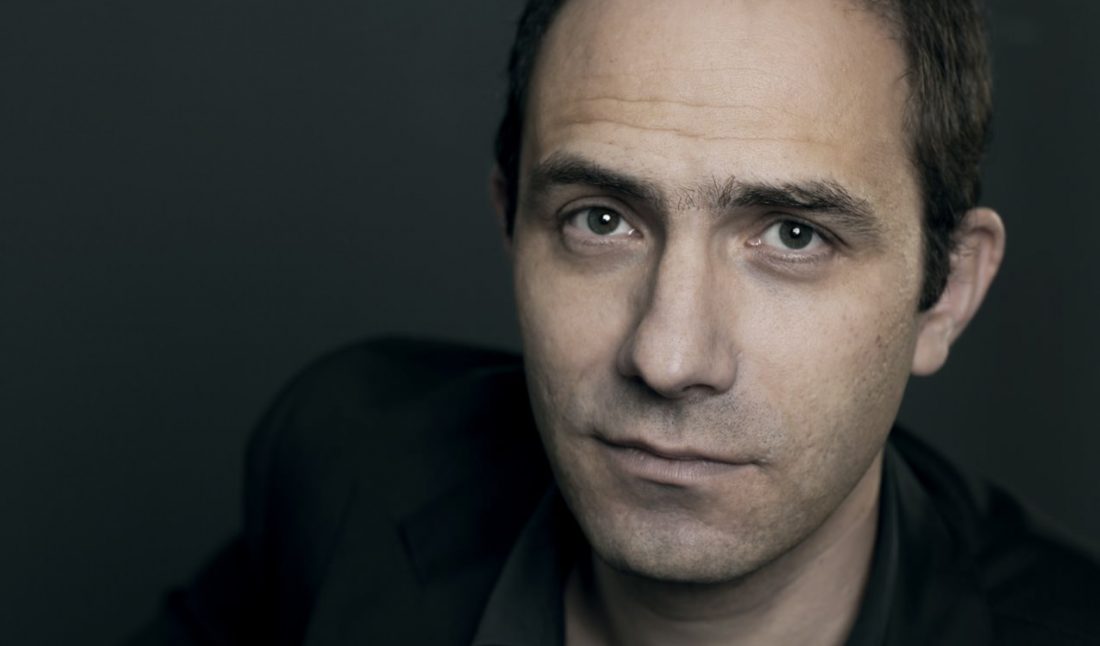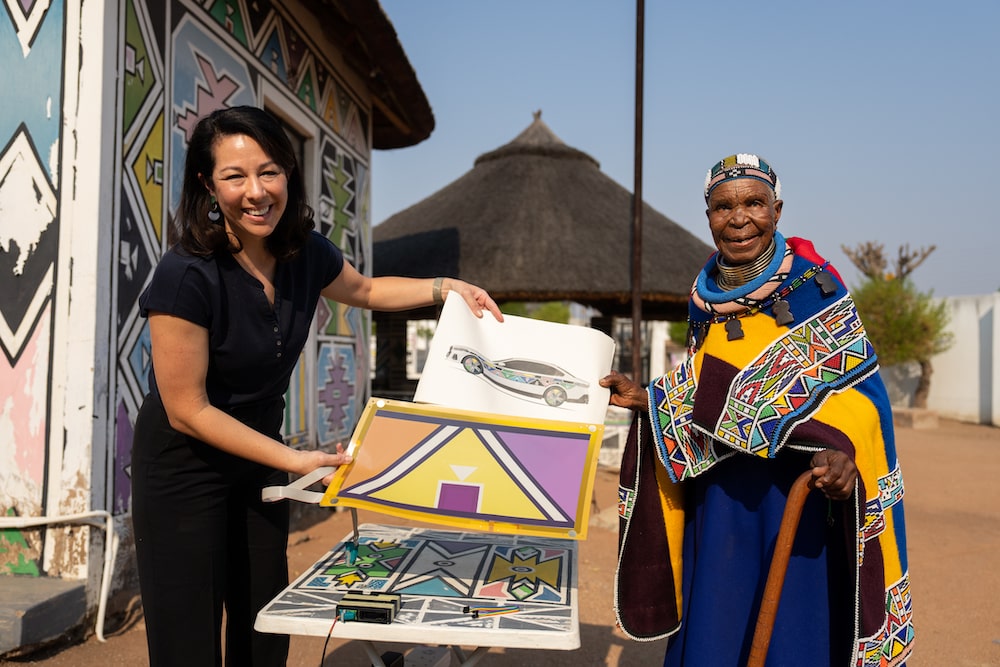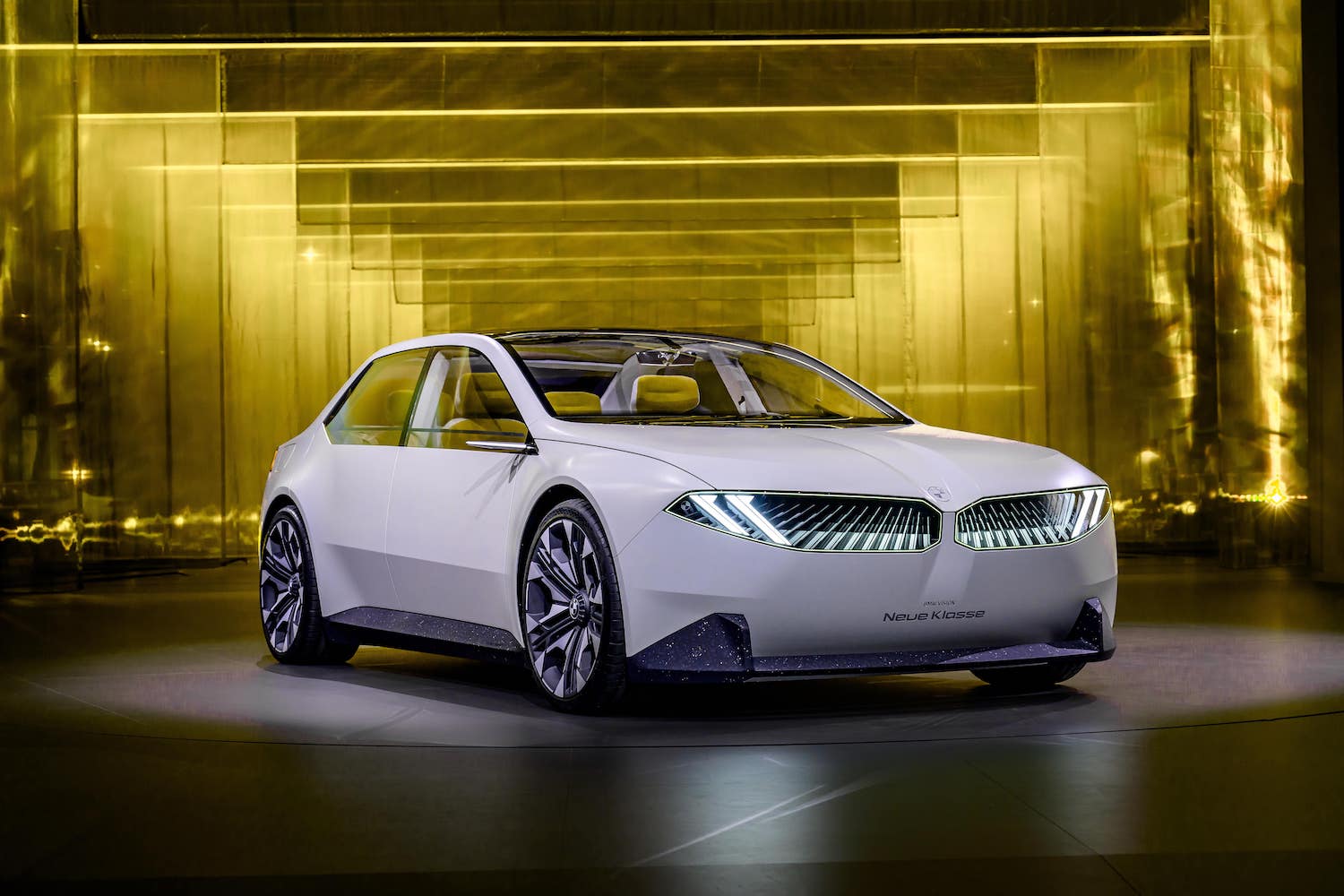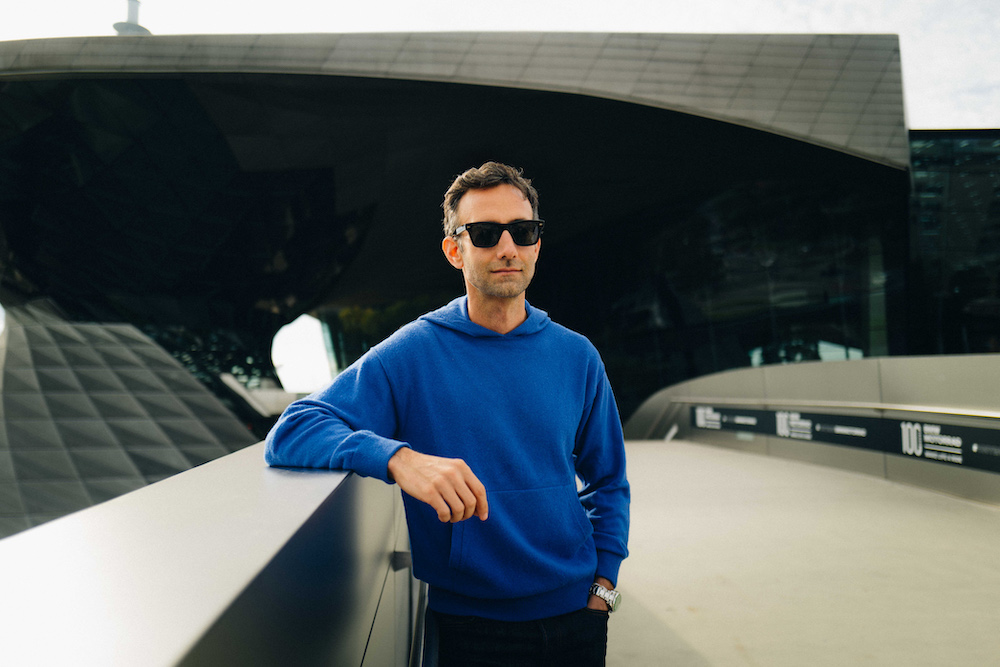Paris Photo Los Angeles takes place this week, April 25–27. Now in its second year, it made a big splash the first time around with a unique location on the Paramount Lot. Whitewall was there last year, and we have to say, the mix of seeing great work in sound stages and on the specially built-out New York street set made for one of our favorite fair experiences.
We’re back again this year to report on what the galleries are presenting (a lot of solo booths), the sound and video program, and David Hockney’s BMW Art Car. A few weeks before Paris Photo Los Angeles opened, we spoke with director Julien Frydman about photography as a medium, an exhibition of LAPD’s photo archives “UNEDITED!,” and screening Dennis Hopper’s The Last Movie (1971).
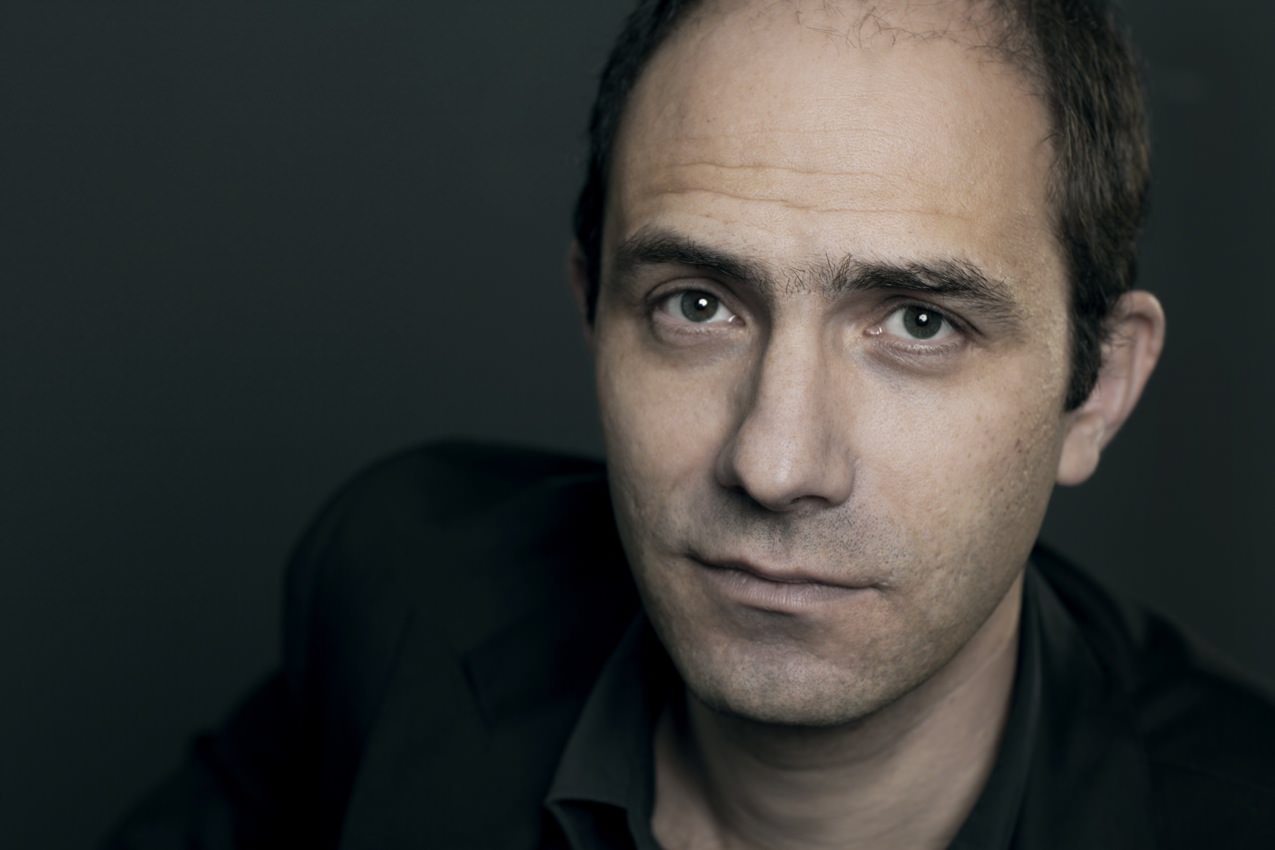 1971
1971WHITEWALL: This will be the second year of Paris Photo in LA. What is different this time around?
JULIEN FRYDMAN: There’s a wider range of collectors that confirmed they are coming. We have more exhibitors, 81 to be precise, and we have a very large number of solo shows: 29. It’s always a good sign for a show to have solo booths because it means that galleries are ready to take the risk to come with one artist only. And we are more in the position to create some programming add-ons. Video was part of the programming last year but this year it is bigger. It goes with this idea that LA is a city of artists and we want to give them an opportunity to talk.
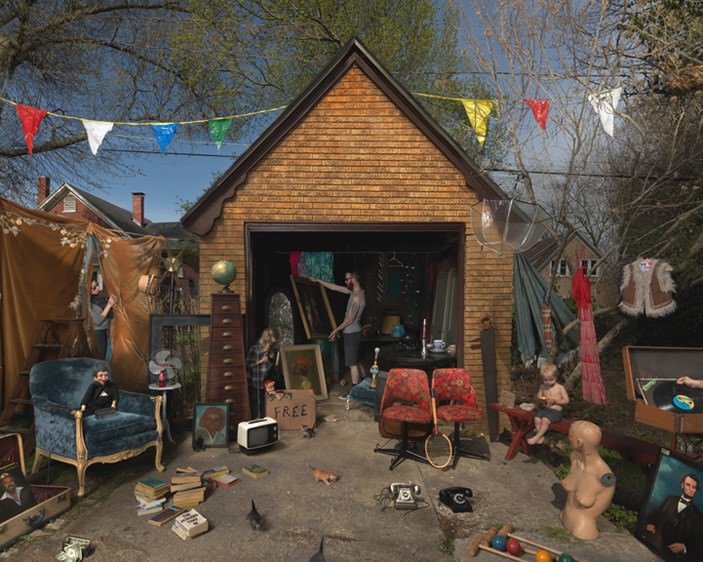 © The Hopper Art Trust
© The Hopper Art Trust
We have one show we are curating on this idea of every year having an unedited photo archive. The first one is from the LAPD photo archives. It’s amazing material, seeing documents become works of art. I made sure I selected images that when you look at them, you don’t know if they’re real or if they’re a movie, performance, or conceptual art. You realize you have in your mind those kinds of images already from seeing movies. But these are real forensics and murder cases.
And I’m super proud of having the chance to screen a film that was made by Dennis Hopper in 1971. It’s a real art piece and something very unusual. It’s a masterpiece and has not been seen in LA for many years, and never for a public audience.
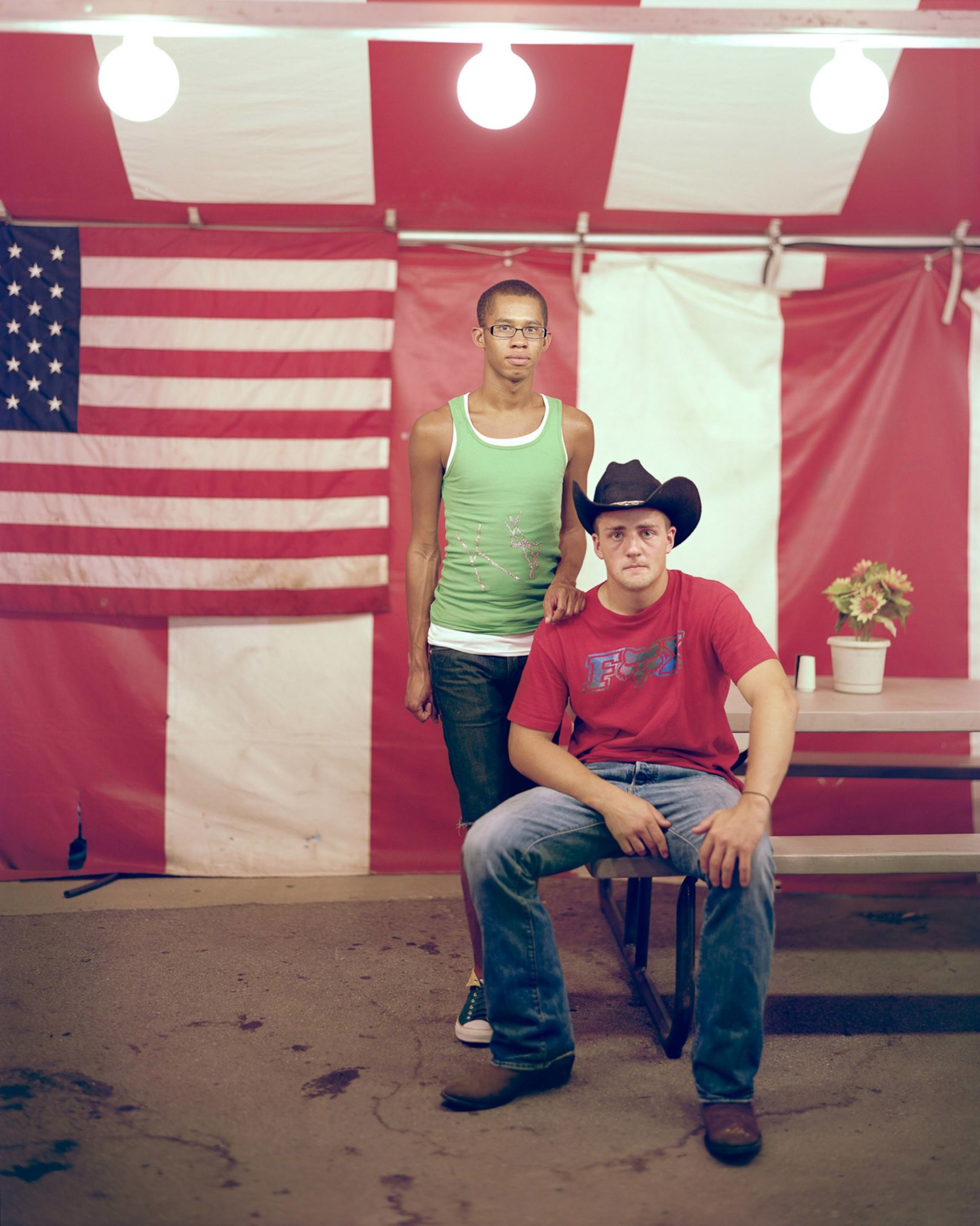 Julien Frydman
Julien FrydmanPortrait by Philippe Levy
WW: Between gallery presentations, screenings, and the unedited archives, it seems as if a big mission for you and Paris Photo is to photography’s range and give the medium equal weight in the arts.
JF: Well, I think this is the story of photography since the invention of photography. There are different ways of using the material. Everybody knows how to take a photograph, everybody knows how to use a pen; but not everybody is a writer, not everybody is a photographer, not everybody is an artist. My point is not to have photography being recognized as part of the arts, but to change people’s understanding of what is photography. Photography is not about the photographer; it’s about the artists that use the medium of the photography.
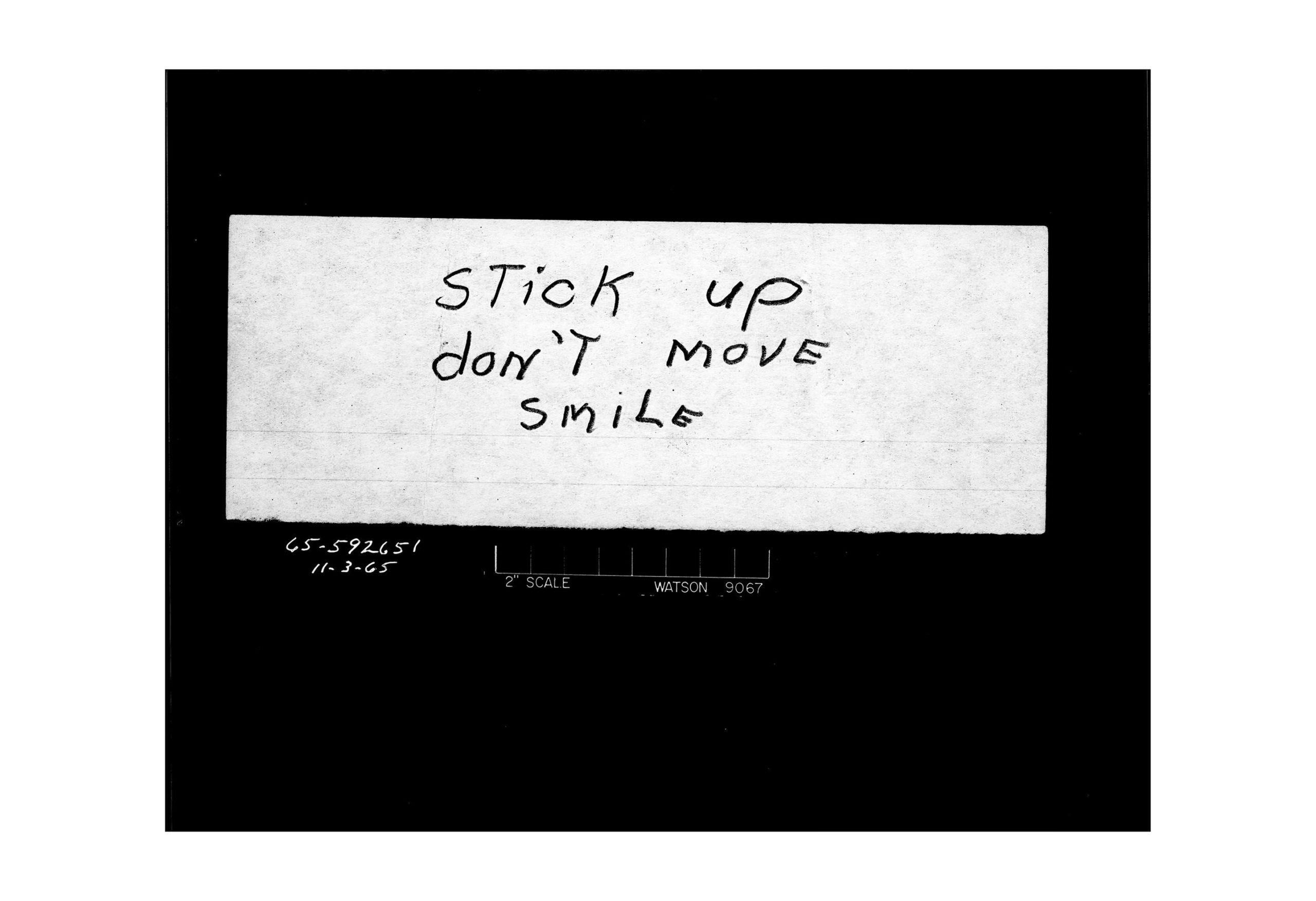 Julie Blackmon
Julie BlackmonWW: The largest market for photography is in the US. Do you have any insight into why that is?
JF: First you have the size of the market, and I think you have an institution that has been active in photography since day one. One of the reasons we came to the US is we know that for our gallerists and collectors, not everybody is able to come to Paris in November the week before Thanksgiving. So being in LA in the spring, there are so many dynamics we can create. We have a good number of galleries that are coming to LA and not Paris. We push for solo shows and we have artists coming and doing the installations. This creates a different type of fair. It’s a different experience, and people are coming for that.
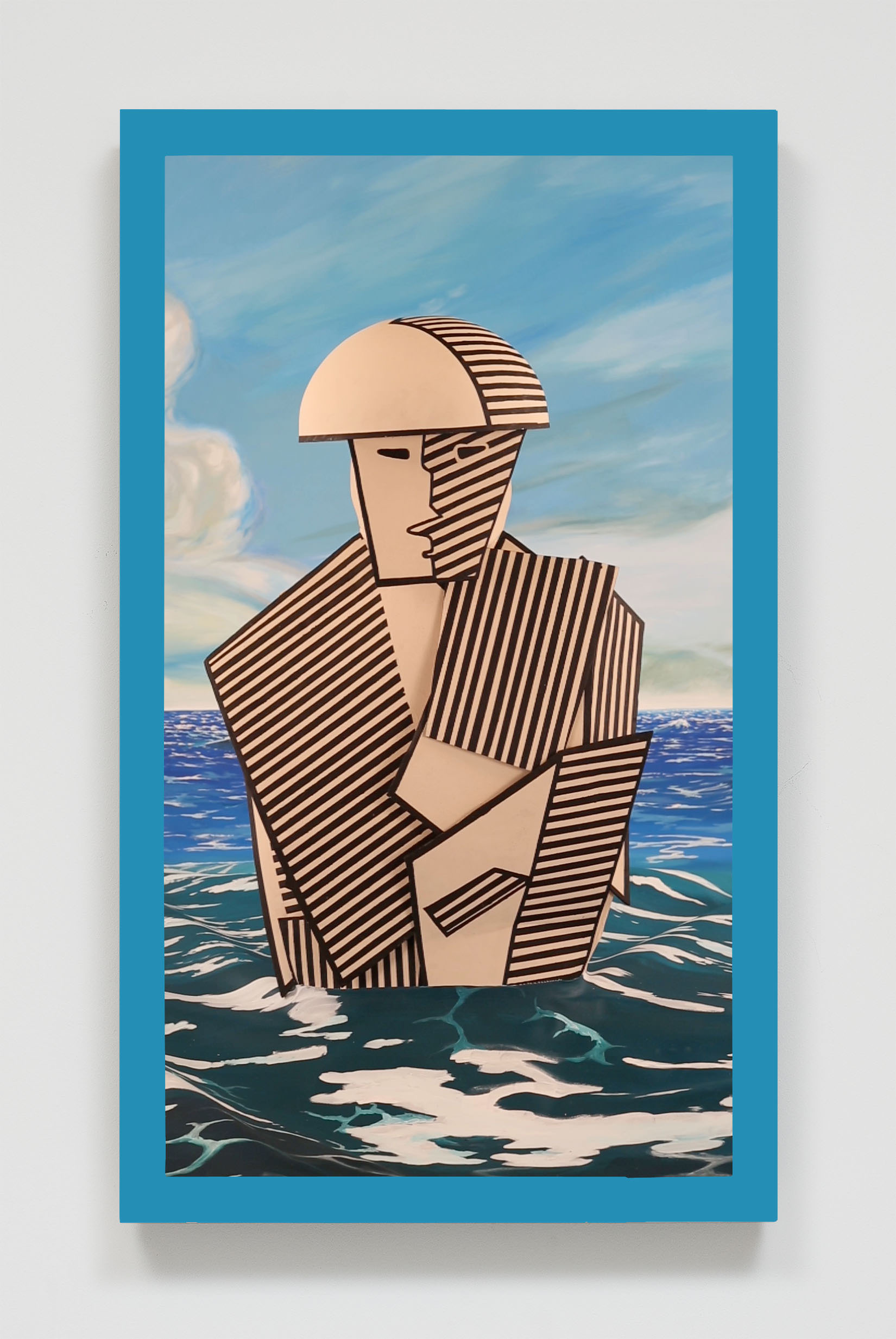 Garage Sale
Garage Sale2013
WW: Fair location seems to be important for you as a director. You were responsible for moving Paris Photo to the Grand Palais in Paris, a gorgeous location. And then for the fair in LA you chose the Paramount Lot.
JF: Well I think that if you have the capacity to get another great place in the US, specifically LA, you just go for it. Everybody remembers walking around the lot, and you need to be moved to where you enjoy the fair. The more great work you have, the more collectors you have, and the more the fair becomes established, the more you sell.
WW: What do you think of the BMW Art Car that will also be on view, done by David Hockney?
JF: I have to say we’re lucky. David Hockey, as you know has been working in photography with a collage of Polaroids in relation to his paintings, too, so it’s great to have!
WW: Finally, is there something this year you’re looking forward to most?
JF: What I like is that my audience will be super happy and because there will be so much to see. People can come and be focused and be very professional, but people will also get to enjoy buying works of art. We mesh that pretty well.






